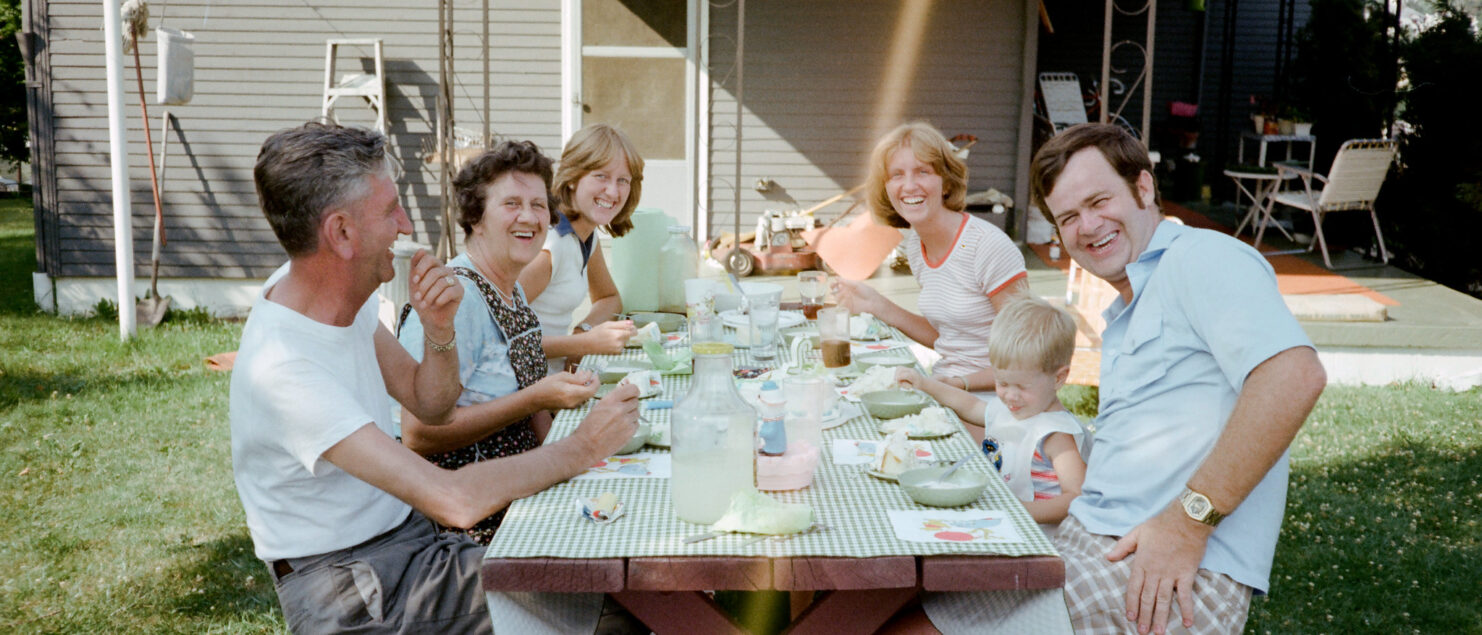How should I organize family photos?
Our average family client has 10,000 physical photos and more than 100,000 digital photos in their collection. Organizing that many photos requires a thoughtful plan, and you don’t want to go down a path that turns out to be a dead end. The only thing worse than tackling a large and tedious project is doing it twice!
Below are different ways to organize family photos. Be sure to read to the bottom for our top recommendation.
By Person
The most common way we see people attempt to organize their photos is by person, especially when they inherit family photos from parents or grandparents. The motivation is always generous, to share photos with family and friends. However, organizing family photos by person doesn’t work for four reasons.
- If photos only ever had one person in them this might work, but they’re family photos, not trading cards. It’s very common for multiple people and whole families to be in a photo together, and organizing by person just doesn’t work.
- Most people aren’t so narcissistic that they only want to see photos of themselves. In fact, most people don’t like to see photos of themselves and prefer to see photos of other people or photos of themselves with other people.
- Organizing photos by person loses important details of family history including time, location, and context.
- If you organize photos by person, you’ll be left with a ton of photos without people and no organizational system for those memories.
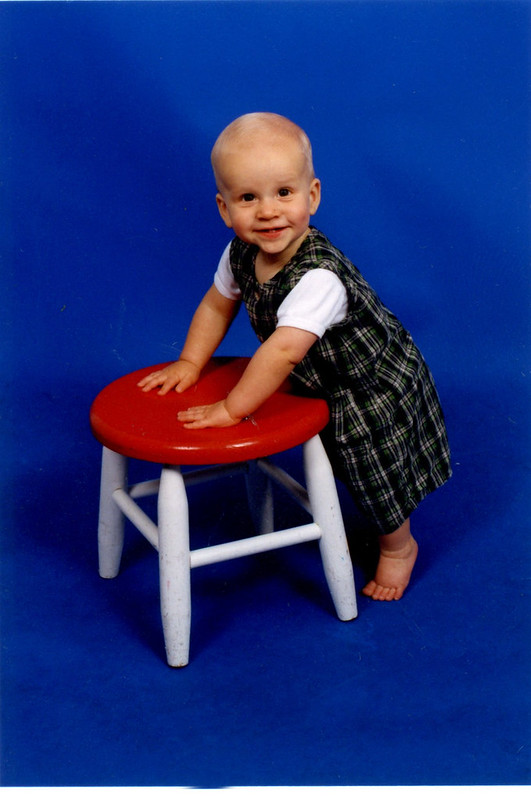
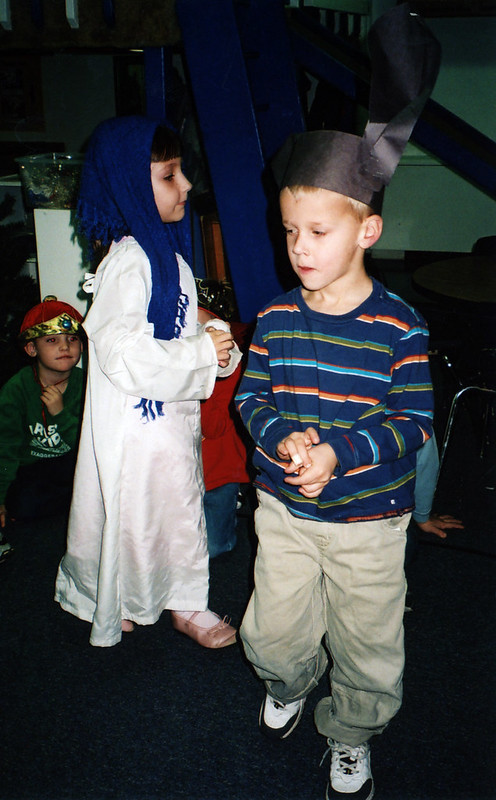

By Event
Another common strategy for organizing family photos is by event. For example, you might be tempted to sort all the birthday photos in one pile, all the Thanksgiving photos in a second pile, and all the Christmas photos in a third pile. This can seem like a good plan at first, but it fails for a couple of reasons:
- Having all the photos of one event such as Christmas clumped together loses all sense of dates and timeline, making it harder to remember when things happened.
- There are a few common events throughout the year, but if you have photos that don’t fit neatly into one of your major event piles, then you need to develop a different organizational system for the rest of your photos.


By Subject
Some people have favorite subjects such as dogs, landscapes, and sunsets. But this plan doesn’t work for two reasons:
- Merging all the photos of a single subject, such as sunsets, doesn’t work because you lose all context and sense of time. Hundreds of photos of sunsets in various unknown locations isn’t as impactful as remembering a sunset from your honeymoon.
- Even if you were happy to organize your photos by subject, you’ll quickly discover that most of your photos don’t fit neatly into your topics. After you organized some by subject, you’d have to develop a different plan for your remaining photos.


By Date – Our Recommendation
Photographs, by their very essence, are a capture of a moment in time. Therefore, we believe it makes sense to organize family photos by date. Below are ten reasons we believe that chronological organization is the simplest, faster, and most comprehensive approach to organizing:
- Universal – Everybody understands dates, so if you organize your photos chronologically you don’t need to explain a complicated system to your family and future generations.
- Flexible – When most people consider organizing by date they feel paralyzed because they know they can’t get every date perfect. The good news is that organizing by date actually offers lots of flexibility. For example, you can organize some photos by exact dates (think your tenth birthday or Christmas 1995) and others by month or year. Not every photo needs the same level of specificity.
- Estimates – If you don’t know exactly when a photo was taken, you can organize photos by date in broader categories. For example. if you only know a photo was taken in the 1980s based on the clothing or hairstyle, that’s a perfectly acceptable date range.
- Undated – If you really have no idea when a photo was taken, you can put those photos in an undated category according to their subject.
- Topics – Even if you organize the majority of your photos by date, you can also have some topical batches in the archive.
- Additions – When you organize photos by date, it’s easy to add in new photos you discover. You just approximate their dates and slip them into the system with no disruption.
- Digital – Organizing by date is especially easy with digital photos because they have their capture date and time embedded in the digital files. Photo organizing software can automate the chronological organization process even if the photos come from multiple sources.
- Mistakes – If you realize you have mistakes in your dates, it’s easy to fix. Just re-date the photo and move it in your digital archive and physical archive as needed.
- Sources – Organizing by date is the best solution because it works for scanned photos, digital photos, home movies, and documents. It’s truly the most universal and flexible system.
- Powerful – When you combine a chronological organization system with searchable keywords you end up with an amazing Family Photo Archive where you can find the people, places, and events you care about.
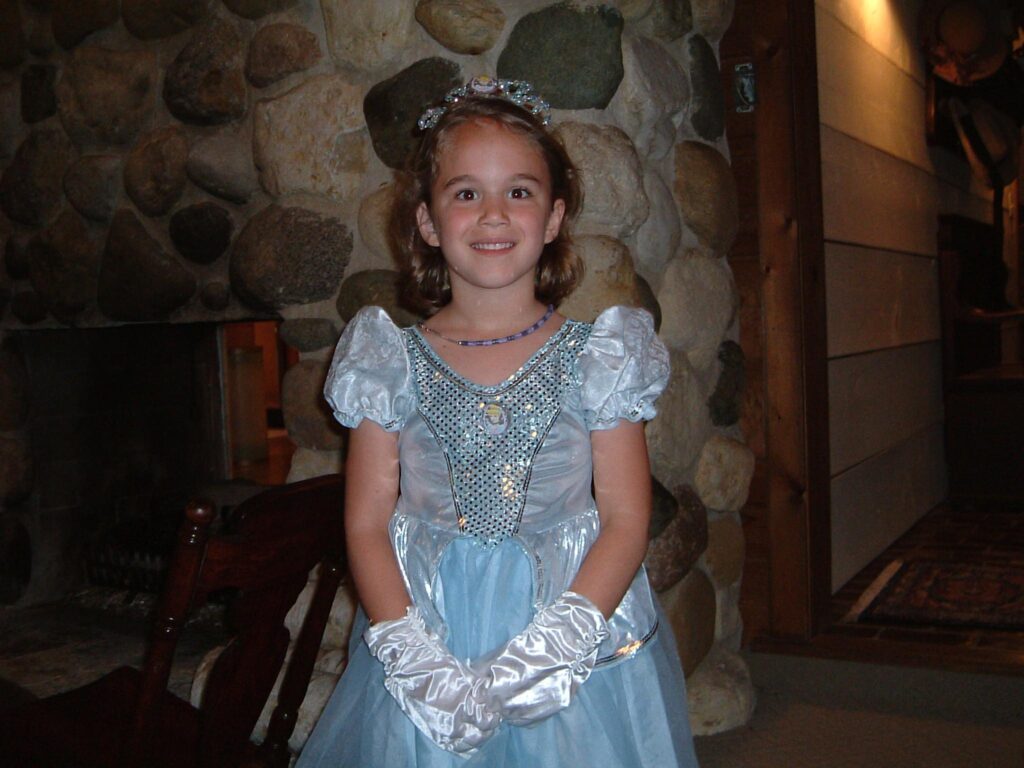

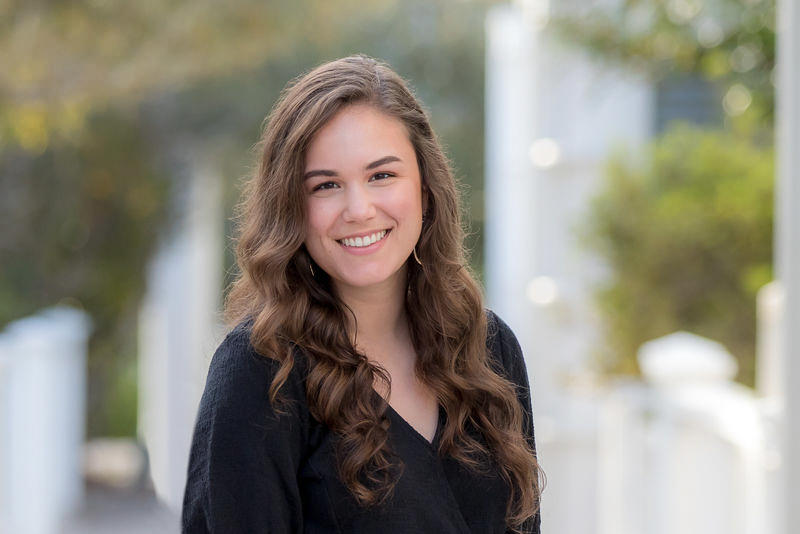
We organize millions of photos every year, and organizing by date always works, in every situation, and for every family. We combine a date-based organization structure with searchable keywords so the archive is accessible today, intuitive in the future, and easily shareable with family and friends.
Interested in working with Chaos to Memories?
If you’re near Chicago and ready to get started, come visit our Wheaton Studio Monday – Friday, 10-5. Please bring your memories with you.
If you live outside the Chicagoland area, we’re happy to send you a Project Form and Contract, along with shipping instructions, so you can get started on your project.
Contact us for more information.

